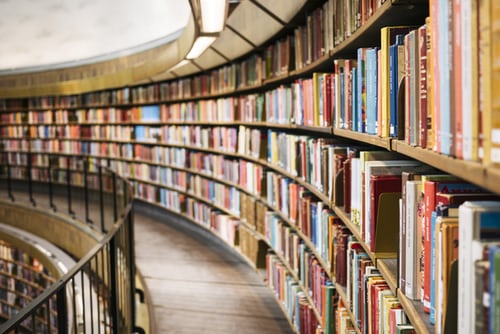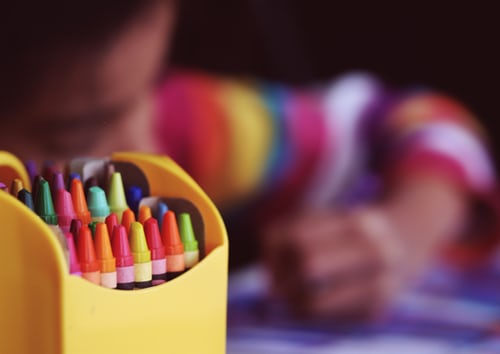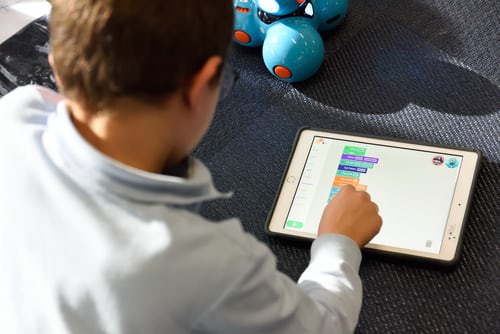Kolkata, formerly known as Calcutta, is the educational, commercial and cultural centre of the Eastern part of India, and is the third most populous metropolitan city of India. Kolkata is a pioneer in the field of drama, arts, theatre and literature with several Nobel laureates contributing to the Kolkata culture.
About School in Kolkata
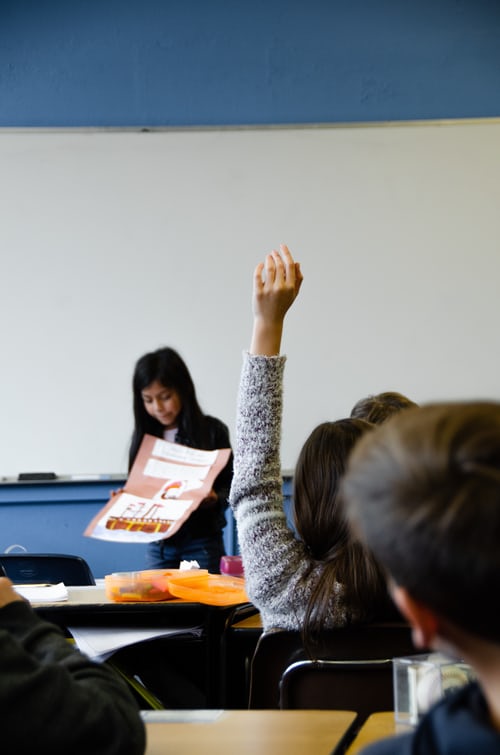
Schools In Kolkata
About School in Kolkata
Kolkata has several parallel systems of school education, and K-12schools
In addition to these, private candidates can appear for examinations of either the
CBSE,West Bengal boards and other state boards which conduct their courses in the city.
Non-privileged children mainly attend government primary schools, if they attend school at all. The quality of education available in these schools is not, by world standards, good.
There have been recent initiatives, such as Shikhshalaya Prakalpa, to bring more children into the school system and improve the quality of teaching.
Bengal has always been a centre of educational interest since the ancient ages. The people of Bengal had a deep quest for knowledge since time immemorial.
During the middle of 11th century Nadia, then called Navadweep, developed in trade and commerce as well as in learning and culture.
It had played an important role in the development of Education in Bengal and to bring it to prominence in the medieval period. Evidence says there were 4000 students and 600 teachers in Nadia University.
17th century influence of Dutch education is found near Chinsurah and Hugli in Bengal. The Dutch came here to establish their trade and landed up in setting up factories here. They started schools for the children of their factory workers, where some Indian children
Kolkata played a pioneering role in the development of the modern education system in India. The Western models of education came to India through Kolkata.
Many of the first schools were established by the missionaries and the reformists in kolkata. People like Raja Ram Mohan Roy, David Hare, Iswar Chandra Vidyasagar and William Cary played leading roles in establishing modern schools and colleges. La Martiniere School, Calcutta was established in 1836.
John Bethune established Bethune school for girls in 1850 when women’s education was frowned upon in the society. The British Company Government felt that the responsibility of education could no longer be neglected in India and hence a Parliamentary Committee was appointed to survey the educational progress in India in1854.
As Mr. Wood was the chairperson of the committee, it was named the Wood’s Despatch. The despatch emphasized on graduation of schools like- primary schools, middle schools, high schools, colleges and universities. It also introduced Grant-in-aid, teacher’s training, women education and vocational education
School Education In West Bengal Due to geographical location the rich fertile Gangetic Plains have always been populated. Ever since history depicts the plains of West Bengal has seen over growth of population mainly due to trade and commerce, rich cultivation and even due Calcutta being the capital of British India.
As per 2001 census, West Bengal is the most densely populated state in the country with a population density of 904 persons per square km. This handbook tries to focus on the status of school education in West Bengal and in Kolkata.
Overcoming the pressure of population,West Bengal has made considerable progress in the field of literacy and school education. The present literacy rate is 68.2 percent as per the 2001 census.
It was 57.7 percent in 1991 and 48.6 percent in 1981, it shows an increase in the rate of literacy. From 1981 to 1991 the increased rate of literacy was 5.1%, while it has almost doubled between 1991 to 2001 i.e 10.5%.
This has been possible at large due to the campaign on total literacy and schooling for all children to achieve the goal of ‘education for all’.
The school education in West Bengal tries to ensure education for all children, reduce the drop-out rate and provide qualitative education.
The following table describes the district wise number of educational institutes in proportion to the population.
West Bengal Board of Secondary Education
West Bengal Board of Secondary Education was established under the West Bengal Secondary Education Act, 1963 and which was amended from time to time.
The Board is a State administered autonomous body having the power to advice the State Government on all matters relating to Secondary Education to lay down the general policy for the development of Secondary Education in the state.
The Board is headed by the President. The major activities of the Board are undertaken through many statutory committees: Executive Committee Examination Committee Finance Committee Recognition Committee Syllabus Committee Appeal Committee Two other committees, one dealing with the affairs of disciplinary matters of teaching/non-teaching staff of the aided schools and the other deals with the prayers for correction of records.
Top Schools in West Bengal – Kolkata
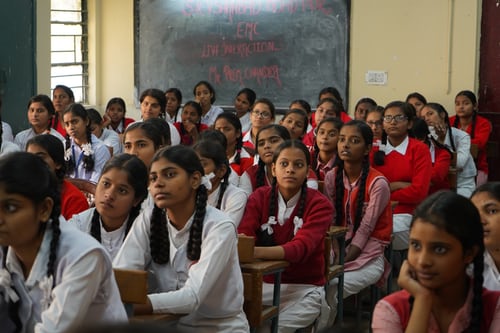
| 1. Loreto House, Middleton | |
| Principal: | Phyllis Morris |
| Curriculum: | CISCE |
| 2. La Martiniere for Boys | |
| Principal: | Sunirmal Chakravarthi |
| Curriculum: | CISCE |
| 3. St Xavier’s Collegiate | |
| Principal: | Fr. John Felix Raj, SJ |
| Curriculum: | CISCE |
| 4. La Martiniere for Girls | |
| Principal: | L Mirza |
| Curriculum: | CISCE |
| 5. The Heritage School | |
| Principal: | Seema Sapru |
| Curriculum: | CISCE, IB |
| 6. South Point High School | |
| Principal: | D K Chadda |
| Curriculum: | WBBSE |
| 7. Don Bosco, Park Circus | |
| Principal: | B Mondal, S D B |
| Curriculum: | ICSE |
| 8. St James School | |
| Principal: | T H Ireland |
| Curriculum: | ICSE |
| 9. Calcutta Boys School | |
| Principal: | Raja McGee |
| Curriculum: | ISC, ICSE |
| 10. Modern High School | |
| Principal: | Nirmala Birla |
| Curriculum: | ISC / ICSE |
| 11. M P Birla Foundation Higher Secondary School | |
| Principal: | Herbert George |
| Curriculum: | CISCE |
| 12. Salt Lake School | |
| Principal: | Sugata D’Souza |
| Curriculum: | CISCE |
List of CBSE Schools in Kolkata
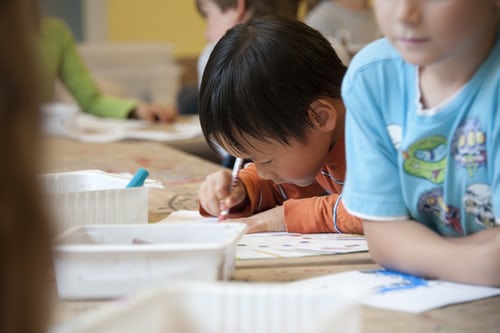
Apeejay- Parkstreet
115, Mullick Bazar, Park Street
School Type : Day School
Board : CBSE
Type of School : Co-Ed School
Grade Upto : Class 12
Establishment Year : 1975
Birla School (Junior School)
1, Moira Street
School Type : Day School
Board : CBSE
Type of School : Only Boys School
Grade Upto : Class 5
Establishment Year : 1997
1549
3.4 Km
Birla High School (Senior Section)
Moira Street
School Type : Day School
Board : CBSE
Type of School : Only Boys School
Grade Upto : Class 12
Establishment Year : 1997
10.4 Km
Indus Vally world School
488, Ajoy Nagar, Eastern Metropolitan By-Pass (Near Peerless Hospital, Behind Satyajit Ray Film Institution)
School Type : Day School
Board : CBSE
Type of School : Co-Ed School
Grade Upto : Class 12
Establishment Year : 2008
Laxmipath singania Acadamic
School Type : Day School
Board : CBSE
Type of School : Co-Ed School
Grade Upto : Class 12
Establishment Year : 1996
3Km
SuSheela Birla High School
7, Moira Street
School Type : Day School
Board : CBSE
Type of School : Only Girls School
Grade Upto : Class 12
Establishment Year : 1994
6.9 Km
Delhi Public School
Ruby Park 254, Shantipali Rashabheri Bypass
School Type : Day School
Board : CBSE
Type of School : Co-Ed School
Grade Upto : Class 10
Establishment Year : NA
7.1 Km
Delhi Public school(Ruby Park High School)
254 Shanti Pally, RB Connector,Kolkata
School Type : Day School
Board : CBSE
Type of School : Co-Ed School
Grade Upto : Class 12
Establishment Year : NA
6.9 Km
Delhi Public School
138 Ruby Park, Kasba Rathtala
School Type : Day School
Board : CBSE
Type of School : Co-Ed School
Grade Upto : Class 12
Establishment Year : 2003
10.9 Km
The Newton School
Premises # 01-0279, Plot # DD 257, Action Area 1, New Town
School Type : Day School
Board : CBSE
Type of School : Co-Ed School
Grade Upto : Class 10
Establishment Year : 2015
6, Palm Ave, Ballygunge Park, Ballygunge
School Type : Day School
Board : CBSE
Type of School : Only Girls School
Grade Upto : Class 5
Establishment Year : 1951
3.8 Km
Ashok Hall Higher Secondary School
5A, Sarat Bose Road
School Type : Day School
Board : CBSE
Type of School : Only Girls School
Grade Upto : Class 12
Establishment Year : 1951
9.4 Km
Birla Bharathi
Taratalla Santoshpur New Road,Near Nature Park,Bidhangarh
School Type : Day School
Board : CBSE
Type of School : Co-Ed School
Grade Upto : Class 12
Establishment Year : 2001
13.4 Km
BDM International
149 / 69, Prince Gulam Mohammed Shah Road
School Type : Day School
Board : CBSE
Type of School : Co-Ed School
Grade Upto : Class 12
Establishment Year : 1966
5.2 Km
South point High School
82/7A Ballygunge Place
School Type : Day School
Board : CBSE
Type of School : Co-Ed School
Grade Upto : Class 12
Establishment Year : 1954
12.6 Km
BDM International
Jyoti Bhavan, Garia Main Road, Mahamayatala
School Type : Day School
Board : CBSE
Type of School : Co-Ed School
Grade Upto : Class 12
Establishment Year : 1966
21.5 Km
Delhi Public School
Gazipur (Keyatalahat), Bakrahat Road,Kanganberia,Bishnupur,South 24 Parganas
School Type : Day School
Board : CBSE
Type of School : Co-Ed School
Grade Upto : Class 10
Establishment Year : NA
5.6 Km
South Point school
16 Mandeville Gardens
School Type : Day School
Board : CBSE
Type of School : Co-Ed School
Grade Upto : Class 5
Establishment Year : 1954
8.7 Km
Delhi Public School
Near DUNLOP Crossings 48A,Bidyayatan Sarani
School Type : Day School
Board : CBSE
Type of School : Co-Ed School
Grade Upto : Class 10
Establishment Year : NA
14.3 Km
Delhi Public School
Domjur,Amta Road Howrah
School Type : Day School
Board : CBSE
Type of School : Co-Ed School
Grade Upto : Class 10
Establishment Year : NA
4.2 Km
Gokali memorial Girls School
1/1 Harish Mukherjee Road
School Type : Day School
Board : CBSE
Type of School : Only Girls School
Grade Upto : Class 12
Establishment Year : NA
10.1 Km
Indira Gandhi Memorial School
456, P K Guha Road, Dumdum
School Type : Day School
Board : CBSE
Type of School : Co-Ed School
Grade Upto : Class 12
Establishment Year : 1986
4.3 Km
Bhavanis Gongabux Konaria Vidyamandir
Block – FA, Sector – III, Salt Lake City
School Type : Day School
Board : CBSE
Type of School : Co-Ed School
Grade Upto : Class 12
Establishment Year : 1984
http://www.indiabestschools.com/igcsc-india/http://www.indiabestschools.com/e-learning-india/
